[Previously cross-posted at For Better Science. Introduction and sections by Leonid Schneider and TigerBB8 included with their kind permission. More examples in comments]
There was already a misconduct investigation, and even some retractions, the Zhangzhou University previously attributed all data fakery to Zhao’s elusive technician. Things are in flow presently, especially on the Chinese social media platform Weibo, and it seems the 53-year-old Zhao will be made to retire prematurely, while all his original research data is facing a clean-up from the university administration.
-----------------------------------------------------------------
These mice are playing invisible pianos, and I imagine them singing in little Tom Waits voices. The splashes of colour adorning their chests are the amplified luminescent emissions of Luciferase, tracking the growth of an injected colony of carcinoma cells, unless they are poorly-rendered Sacred Heart tattoos (mice are not noted for their tattooing competence). The point is that three of them have been cloned, allowing them to participant in a different experiment, receiving different therapeutic treatments and Sacred-Heart tattoos. I am open to the possibility that the mouse marked with the orange star is actually an accompanying singer, in which the little groups are more likely to be Leonard Cohen covers bands.These are Figure 2(e) and (f), from [1], and Figure 2D from [2]:
[1] miR-198 targets SHMT1 to inhibit cell proliferation and enhance cell apoptosis in lung adenocarcinoma
Shujun Wu, GZ, Ping Li, Shanshan Chen, Furui Zhang, Juan Li, Chenyang Jiang, XC, YW, YD, QS, Guoqiang Zhao
Tumor Biology (2016) doi: 10.1007/s13277-015-4369-z
[2] MiR-499 Enhances the Cisplatin Sensitivity of Esophageal Carcinoma Cell Lines by Targeting DNA Polymerase β
YW, JF , WZ, YD, XC, QS, ZD, Guoqiang Zhao
Cellular Physiology and Biochemistry (2015) doi: 10.1159/000430321
Yes, it is time for another exploration of the questionable-research industry, with illustrations pilfered from anonymouse comments in PubPeer threads. Our subject this time is Guoqiang (or Guo-Qiang) Zhao who cures cancer (or causes it) with micro-RNA. A great number of these miRs have been reported... instead of serving as an intermediary in the transcription of DNA into proteins, these are RNA chains that
Prof Zhao was basically born a professor, in 1965, into a family that has strong ties to his current academic employer, Zhengzhou University (ZZU) In Henan province in China. His father, Zhao Senior, worked as a senior technician for Henan Medical School that later merged with ZZU to become part of its medical school. Zhao Senior had been credited as having some unique skills for experimental setups or preparing experimental materials. In these times, there were only a handful of technicians at this level in local universities, and Zhao Senior was very much sought and certainly earned a great deal of respect. It sure opened many academic doors for his creatively endowed offspring.
Zhao Junior graduated at the Wuhan University, earning his bachelor’s degree a couple of months before his 19th birthday. Obviously, young Zhao must have been a very bright student to graduate from such a top university at such a young age. He then earned a PhD from his father’s alma mater ZZU (no details were shared about that period on Zhao’s CV, maybe his father knows more). In 1992, Zhao Junior started his own research in the field of medical microbiology and immunology. From 1994 to 1999, he was lecturer in the Department of Microbiology and Immunology, College of Basic Medical Science (CBMS) of ZZU, before being promoted to Associate Professor. In 2005, the senior technician’s son achieved the rank of full professor in the same university.
Professor Zhao has a cadre of regular colleagues whose names I have abbreviated to reduce the repetition. Here and below: XC = Xiaonan Chen, ZD = Ziming Dong, YD = Yuwen Du, JF = Jianfang Feng, ML = Min Li, CL = Chunya Lu, QS = Qianqian Sun, TW = Tao Wang, YW = Yuanyuan Wang, WZ = Wenqiao Zang, GZ = Guojun Zhang. However, many of his papers are graced with a parade of outside colleagues as first or guest authors. They don't appear to be grad students. Evidently he is sought-after as a collaborator, "popular and very truly run-after".
In CBMS of ZZU, Zhao is the director of the Core Laboratory (公共实验平台). As Associate Chair of his department, primarily responsible for overseeing research, he has the full control of this lab facility. This means in practice, he decides which of his colleagues gets access to this shared lab facility and who doesn’t. Sources revealed that Zhao does not seem getting along with the majority of his colleagues, only a handful of faculty members belong to his privileged inner circle, mainly those trained by Zhao himself as PhD advisor. These people are his top co-authors, in fact they feature as first authors on Zhao’s 30+ papers flagged on PubPeer. One colleague said:
“[Zhao] doesn’t really hang out with us. He minds his own business and seldomly allows us to use his supposedly shared Core Lab. Quite often, Zhao tends to use harsh words in conversations with other faculty members who are not in his circle.”Even if frequently at odds with many of his colleagues, Zhao does keep good relationships with certain important allies. His superior Ziming Dong is one of them. Dong did several terms of postdoc in different US labs for about 10 years before going back to ZZU in 1998 and eventually becoming dean of CBMS. He is co-author of 6 papers of Zhao’s 30+ papers flagged on Pubpeer, of which 2 had been retracted. Sources say, Dong and Zhao are very close and Zhao invested tremendous amount of time and effort helping Dong to his success. Another frequent co-author of Zhao is Associate Professor Wenqiao Zang, who used to be PhD student under Zhao and remained in the same department after graduation. Zang co-authored 18 papers questioned on PubPeer. After Zhao’s case had been publicized on China’s social network Weibo, Zang was reported to have been taking days off from office, allegedly because of “not feeling well”.
One could easily lose oneself within Zhao's menagerie of cloned mouse images. Here are more examples, linking five separate papers.
The figures above are 5A from [3] and 4(b), (d) from [4]:
[3] Overexpression of miR-203 increases the sensitivity of NSCLC A549/H460 cell lines to cisplatin by targeting Dickkopf-1
Ruirui Cheng, CL, GZ, Guowei Zhang, Guoqiang Zhao
Oncology Reports (2017) doi: 10.3892/or.2017.5505
[4] Overexpression of miR-519d in lung adenocarcinoma inhibits cell proliferation and invasion via the association of eIF4H
Yong Bai, CL, GZ, Yu Hou, Yanjie Guo, Heqi Zhou, Xiaojingnan Ma, Guoqiang Zhao
Tumor Biology (2017) doi: 10.1177/1010428317694566
Above are Figure 5A again from [3], and Fig 1c from [5]. In this case the indicated pair of mice are mirror-image identical twins, so 1c is flipped horizontally for ease of comparison.
 [5] Myricetin inhibits proliferation and induces apoptosis and cell cycle arrest in gastric cancer cells
[5] Myricetin inhibits proliferation and induces apoptosis and cell cycle arrest in gastric cancer cells
JF, XC, YW, YD, QS, WZ, Guoqiang Zhao
Figures 4(b) and (d) from [4] - flipped horizontally to facilitate comparison and increase their musical volume - and 2G from [6]:
[6] Knockdown of long non-coding RNA TP73-AS1 inhibits cell proliferation and induces apoptosis in esophageal squamous cell carcinoma
[6] Knockdown of long non-coding RNA TP73-AS1 inhibits cell proliferation and induces apoptosis in esophageal squamous cell carcinoma
WZ, TW, YW, XC, YD, QS, ML, ZD, Guoqiang Zhao
Figures 2G from [6] again, and 5A from [7]:
[7] Long Noncoding RNA RGMB-AS1 Indicates a Poor Prognosis and Modulates Cell Proliferation, Migration and Invasion in Lung Adenocarcinoma
Ping Li, GZ, Juan Li, Rui Yang, Shanshan Chen, Shujun Wu, Furui Zhang, Yong Bai, Huasi Zhao, YW, Shaozhi Dun, XC, QS, Guoqiang Zhao
PLoS ONE (2016) doi: 10.1371/journal.pone.0150790
Figures 5B from [7] (flipped horizontally), and 4(b), (d) from [4]. One mouse has turned out to be identical triplets.
Now it is not always easy to tell one nude mouse from another, and the repeated appearance of a photograph (overlaid with a photon-counted rendering of luciferase emissions) could be an innocent mistake born of a haphazard filing system. But it is hard to think of a simple explanation when the image is emblazoned with different splashes of colour depicting its population of carcinoma cells.
So we return to [1]. The legend to Figure 2(d) explains that in Colony-Formation assays of cell survival, with two carcinoma cell-lines, "Significantly fewer colonies formed in the miR-198 group than in the control groups". Inspection reveals unexpected similarities between two of the panels, with additional dots added to the control-group version, accounting for that difference.
A few months after [1], Zhao co-authored [8], in which Fig 3(d) uses the same Colony-Formation plates to illustrate new combinations of micro-RNA and cell lines. One of the discs rotated through 180° and gained additional colonies in the process.
[8] Sodium Butyrate Upregulates miR-203 Expression to Exert Anti-Proliferation Effect on Colorectal Cancer Cells
Ruirui Han, QS, Jianbo Wu, Pengyuan Zheng, Guoqiang Zhao Cellular Physiology and Biochemistry (2016)
doi: 10.1159/000447889
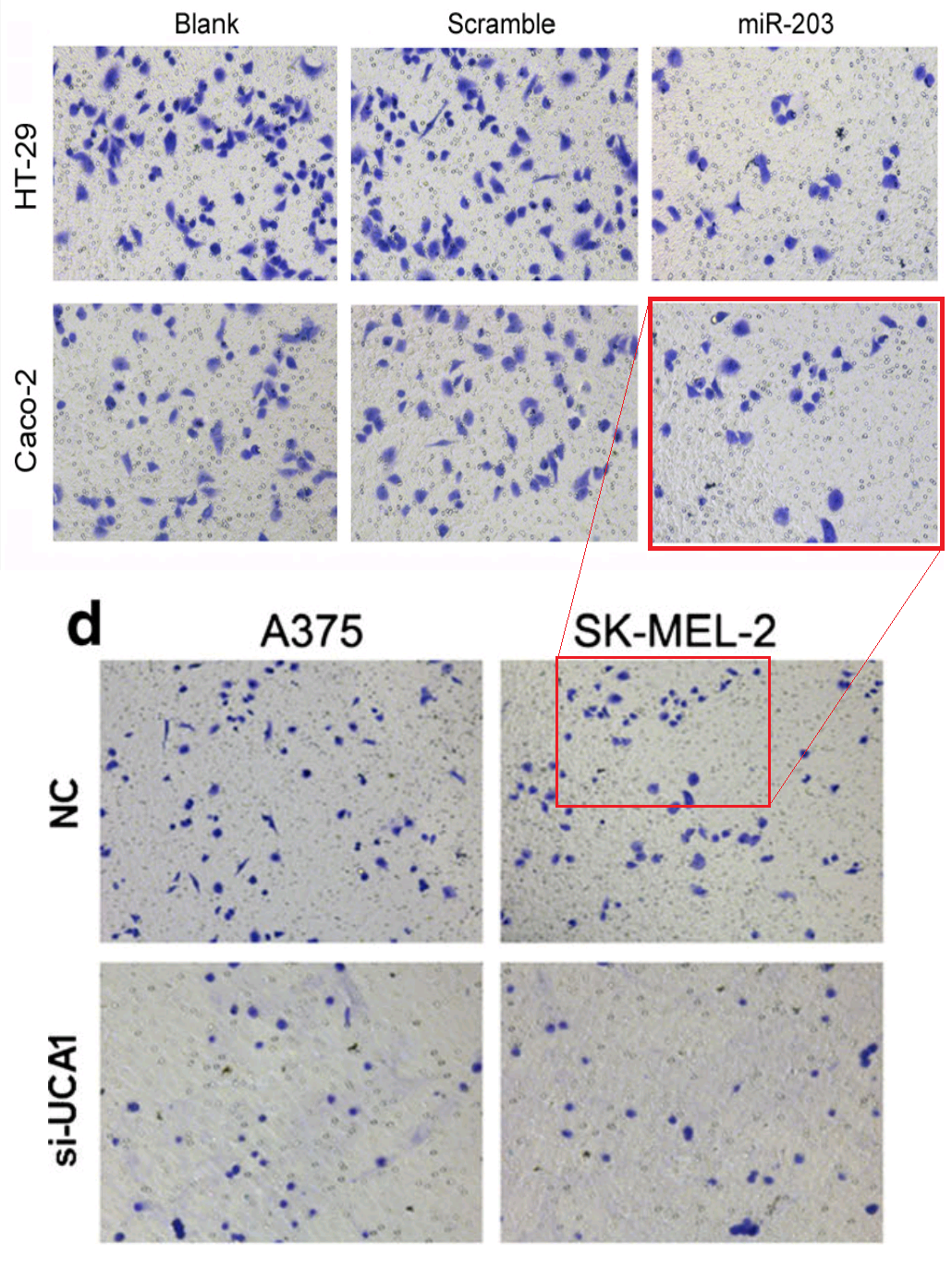 The trail leads a little further, for [8] included Figure 5, comprising Transwell assays of cellular invasiveness with and without the hindrance of miR-203. One of those panels turns out to be an enlarged detail from Figure 2(d) in [9]... the same experiment, except that a different combination of miRs interacted with a different gene to discourage proliferation in a different lineage of melanoma.
The trail leads a little further, for [8] included Figure 5, comprising Transwell assays of cellular invasiveness with and without the hindrance of miR-203. One of those panels turns out to be an enlarged detail from Figure 2(d) in [9]... the same experiment, except that a different combination of miRs interacted with a different gene to discourage proliferation in a different lineage of melanoma.[9] LncRNA UCA1-miR-507-FOXM1 axis is involved in cell proliferation, invasion and G0/G1 cell cycle arrest in melanoma
Yanping Wei, QS, Lindong Zhao, Jianbo Wu, XC, YW, WZ, Guoqiang Zhao
Medical Oncology (2016) doi: 10.1007/s12032-016-0804-2
Here are some more examples of Transwell assays. Six comprise Figure 2(c) of [10], where the two kinds of cancer cell become less invasive and metastatic when transfected with mimics of miR-203. The lower six comprise Figure 4(C) from [7].
[10] microRNA-186 inhibits cell proliferation and induces apoptosis in human esophageal squamous cell carcinoma by targeting SKP2
Wei He, JF, Yan Zhang, YW, WZ, Guoqiang Zhao
Laboratory Investigation (2016) doi: 10.1038/labinvest.2015.134
There is some confusion as Figures 2(c) and 4(C) are identified as Matrigel and Transwell assays respectively, and these are not identical; yet we can be sure that both Figures used the same procedure as one panel appears in both, identical apart from a horizontal flip.
But we cannot stop to linger, for Professor Zhao has an impressive oeuvre to cover: 137 papers, published at roughly monthly intervals (he is doing something right, from the journal editors' perspective anyway). Sources reveal he even would be willing to take care of their publication needs as well. A rumour goes that Zhao even made up data/paper for family member of some of his close ties.
When it comes to the question of why Zhao would churn out such vast amounts of manipulated data for so many papers, another rumor provided an answer which seems to making sense, and neither Zhao nor his university ever replied to an email when asked to confirm or deny it. Apparently, Zhao has been known for selling first author spot on his publications, for a modest fee of 30k~50k RMB per paper, approximately €3000-5000. The allegations go even further: Zhao was said to even frequently come back to his “customers” to ask for additional money for an extra figure, or a little more extra here and there, to “make their paper stronger”, as not to endanger the submission. Sometimes extra payment was allegedly needed for a revision that was required by the journal reviewers.
Why would anyone agree to such a business? One source said that many of Zhao’s customers are clinicians. In China, doctors need publications to get promoted to Associate Chief Attending Physician and Chief Attending Physician, especially when they practice in a university teaching hospital as clinical professors. When clinicians don’t have much time to actually do research, they turn to people like Zhao to “collaborate”, meaning, to purchase a paper authorship they need badly for promotion.
So much about the why, but now back to the how of Zhao’s paper mill business. For a change of pace, consider Figures 6(a, b) from [11] and 5A, B from [12]. Both offer graphic testimonial to the growth-slowing qualities of non-coding RNA, in the form of tumors, lined up in grids:
[11] Overexpression of A613T and G462T variants of DNA polymerase β weakens chemotherapy sensitivity in esophageal cancer cell lines
YW, XC, QS, WZ, ML, ZD, Guoqiang Zhao
Cancer Cell International (2016) doi: 10.1186/s12935-016-0362-x
and [12] The long noncoding RNA CASC2 inhibits tumorigenesis through modulating the expression of PTEN by targeting miR-18a-5p in esophageal carcinoma
Wenjing Zhang, Wei He, Jianfeng Gao, YW, WZ, ZD , Guoqiang Zhao
Experimental Cell Research (2017) doi: 10.1016/j.yexcr.2017.09.037
As it happens, [11] and [12] have recently been retracted due to the insufficient originality of the tumors, which had previously (differently arranged) documented other ways of slowing cancer - illustrated on the right-hand side of the two images above. In the case of [11].
The Editor-in-Chief has retracted this article [1] because Figure 6a and 6b show overlap with Figure 4b in [2].* An investigation by Zhengzhou University has confirmed that these figures overlap. The data reported in this article are therefore unreliable.In the case of [12],
This article has been retracted at the request of the Editor-in-Chief.The panels of Fig 3A are indeed problematic:
In the article Figure 3A top and center panel are duplicated and in Figure 5A elements are duplicated from previous publications from the same authors in Tumor Biol. (2014) 35:12583–12592 DOI 10.1007/s13277-014-2579-4 (Figure 3) and Dig Dis Sci (2013) 58:706–714
"Dig Dis Sci (2013)" - one of two sources of the repurposed tumors - is [13], to which we shall return:
[13] Effect of miR-451 on the biological behavior of the esophageal carcinoma cell line EC9706
TW, WZ, ML, Na Wang, Yu-ling Zheng, Guo-qiang Zhao
Digestive Diseases and Sciences (2013) doi: 10.1007/s10620-012-2395-x
Two other retractions (and a Corrigendum) are relevant. One, from 2017, involved some acquisitions of text (without attribution) for a 2013 paper, [14]:
"This article has been retracted by the authors [1] because large portions of text have been duplicated from a number of previously published articles, including Tin et al., 2007 [2] and Auyeung et al., 2009 [3]. All authors agree with the retraction."[14] Astragalus saponins affect proliferation, invasion and apoptosis of gastric cancer BGC-823 cells
TW, Xiaoyan Xuan, ML, Ping Gao, YZ, WZ, Guoqiang Zhao
Diagnostic Pathology (2013) doi: 10.1186/1746-1596-8-179
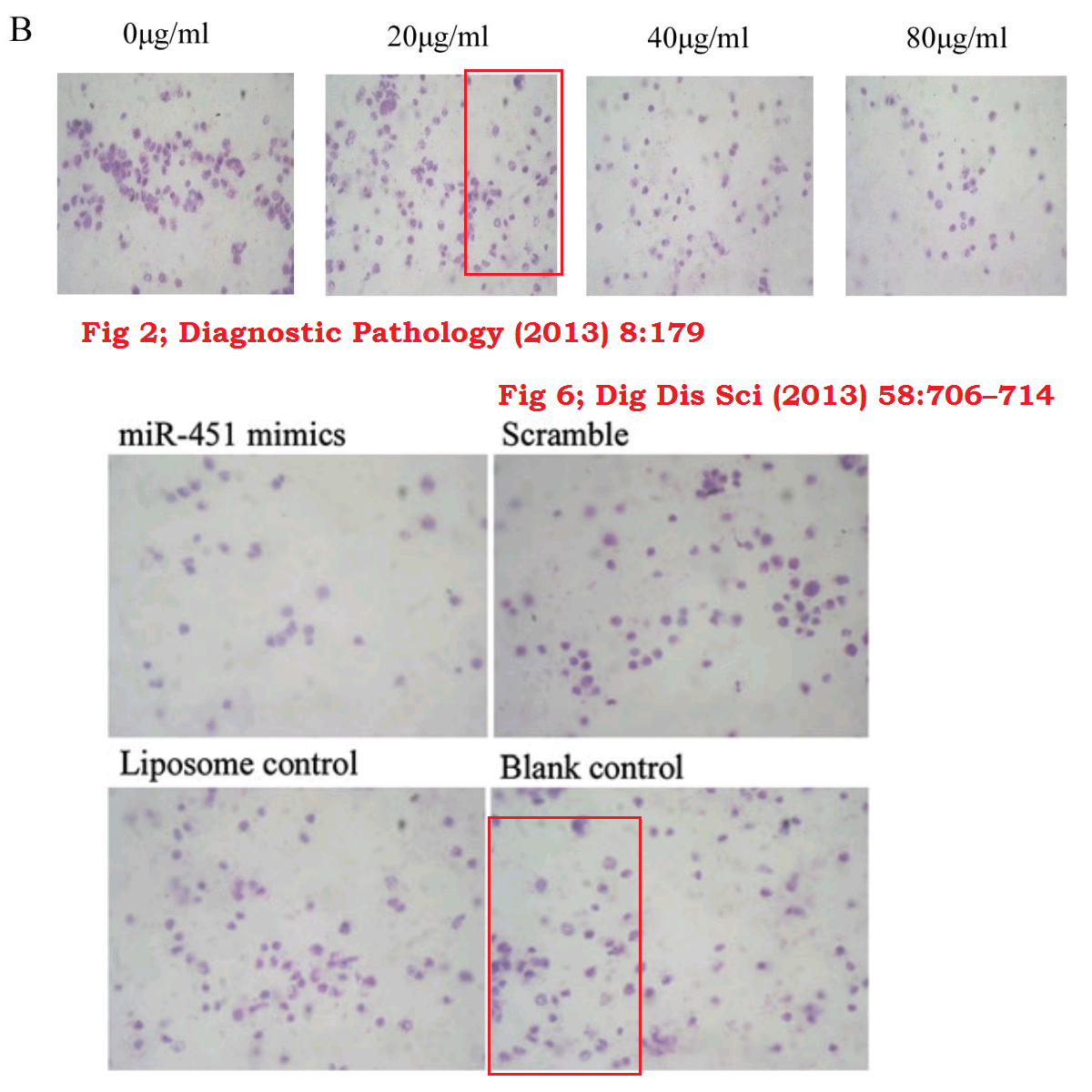 Picayune plagiarism should not over-shadow an unexpected result: increasing doses of Astragalus saponins have the same effect on gastric cancer cells as a blank control on esophageal carcinoma cells. For the same mobility-assay image was also used in [13]. It is good that all the effort did not go to waste.**
Picayune plagiarism should not over-shadow an unexpected result: increasing doses of Astragalus saponins have the same effect on gastric cancer cells as a blank control on esophageal carcinoma cells. For the same mobility-assay image was also used in [13]. It is good that all the effort did not go to waste.**The final retraction, from 2018, has not yet found its way into the ResearchGate archives. It shed blame on an anonymous technician who did the work:
Subsequently to the publication of this article, an interested reader drew to our attention the fact that the six panels shown in Fig. 6 shared several areas of identity among them. Following an internal investigation, a laboratory technician, who was responsible for editing the pictures, admitted that the data as presented in the figure had been manipulated after having mislaid some of the original data.The technician's confession probably involved the nine panels of Fig. 5. The nature of that manipulation becomes clearer when the panels are rearranged into pairs, and one can see which cell colonies have been digitally inserted into or subtracted from one member of each pair, but not both. Other pairs are left as an exercise for the reader.
The over-zealous picture-editing technician has been busy! Here are some matches among two sets of Transwell assays, for miR-125a-5p and miR-1207-5p, from Figures 3A of [15] and 3B of [16]. Close inspection reveals occasional colonies in the 2017 versions that are not present in the 2015 versions, as if something happened to the images as well as accidental reuse.
[15] miR-125a-5p upregulation suppresses the proliferation and induces the cell apoptosis of lung adenocarcinoma by targeting NEDD9
Hong Zheng, Jianbo Wu, Jiachen Shi, CL, YW, QS, GZ, Guoqiang Zhao
Oncology Reports (2017) doi: 10.3892/or.2017.5812
[16] miRNA-1207-5p is associated with cancer progression by targeting stomatin-like protein 2 in esophageal carcinoma
Xuan Yang, WZ, Xiaoyan Xuan, Zhongquan Wang, Zhicai Liu, Jinwu Wang, Jing Cui, Guoqiang Zhao
International Journal of Oncology (2015) doi: 10.3892/ijo.2015.2900
Further matches emerge, between Figure 3A of [15] and Fig 5 of [4] - bringing us back to the beginning. Again, the [15] versions are decorated with some repeated colonies that cannot be found in [3]. I like to think that the anonymous technician has been cloned so they can share the work between them.
One of these cases of unexpected similarity was resolved by a 2018 Corrigendum for [16], replacing the entirety of its Fig 3B, due to internally repeated panels. Was it the same 'interested reader'? Researchers are always pleased to learn that readers are paying close attention.
An interested reader drew to our attention that, in the above-mentioned article, there were two figures where identity in certain of the data was shared between panels within the same figure. First, in Fig. 3B, the data shown for the EC9706 cell line/negative control (NC) experiment were derived from the same original source as those for the EC-1/Blank control experiment. ...There remain other problems with [16], involving FACS cut-&-pasting, part of a general sense of authors pulling out FACS plots from an unsorted scrapbook to tick off items in a template checklist. These - like much else - are left for the reader to explore at leisure.
I prefer to emphasise the positive, which is that beside an oeuvre of 133 publications [137 minus some Notices], four retractions and a Corrigendum pale into insignificance. But...
-----------------------------------------------------------------
The troubles are apparently only starting for Zhao. For such scale of a business, his massive paper mill could not go unnoticed for long. Not only there have been rumors about Zhao’s paper-making business for years, but also there have been whistleblowers reporting it to authorities at ZZU. Recall the retraction notice for [11], blaming an obscure technician, mentioned an investigation by ZZU. But with ~30 papers flagged for image manipulation, one technician scapegoat wouldn’t be suffice to convince people with questions. Our source indicated that ZZU will not launch an investigation this time, because it apparently already decided to retire Zhao at the age of 53, years away from the official pension age of 60 for a full professor. It is also reported that Zhao’s current graduate students have already been re-assigned to other labs. On Monday, Apr 22, 2019, people in CBMS of ZZU received a notice that a thorough data cleaning had been scheduled for 2pm on Friday, the 26th. The notice emphasized that users must export, copy, and backup their data on their own by that time, and this would be the only notice they would receive. Is this a sign of an upcoming investigation and forensic data analysis, or a campaign to destroy evidence of misconduct?
On Monday, Apr 22, 2019, people in CBMS of ZZU received a notice that a thorough data cleaning had been scheduled for 2pm on Friday, the 26th. The notice emphasized that users must export, copy, and backup their data on their own by that time, and this would be the only notice they would receive. Is this a sign of an upcoming investigation and forensic data analysis, or a campaign to destroy evidence of misconduct?
Here is the list of the first authors, co-corresponding authors, or corresponding authors are that have published fraudulent data together with Zhao. Any bet they suffer from buyer’s remorse now.
Sa-jia Sun, Long Feng, Guo-qiang Zhao, ZD
Digestive Diseases and Sciences (2012) doi: 10.1007/s10620-012-2108-5
** [13], in conjunction with [18], gave us this identification line-up of high-steepled churches inspired by Lyonel Feininger paintings. More here.
[18] Silencing of AP-4 inhibits proliferation, induces cell cycle arrest and promotes apoptosis in human lung cancer cells
Xuanyu Hu, Wei Guo, Shanshan Chen, Yizhuo Xu, Ping Li, Huaqi Wang, Heying Chu, Juan Li, YD, XC, GZ, Guoqiang Zhao
Oncology Letters (2016) doi: 10.3892/ol.2016.4451

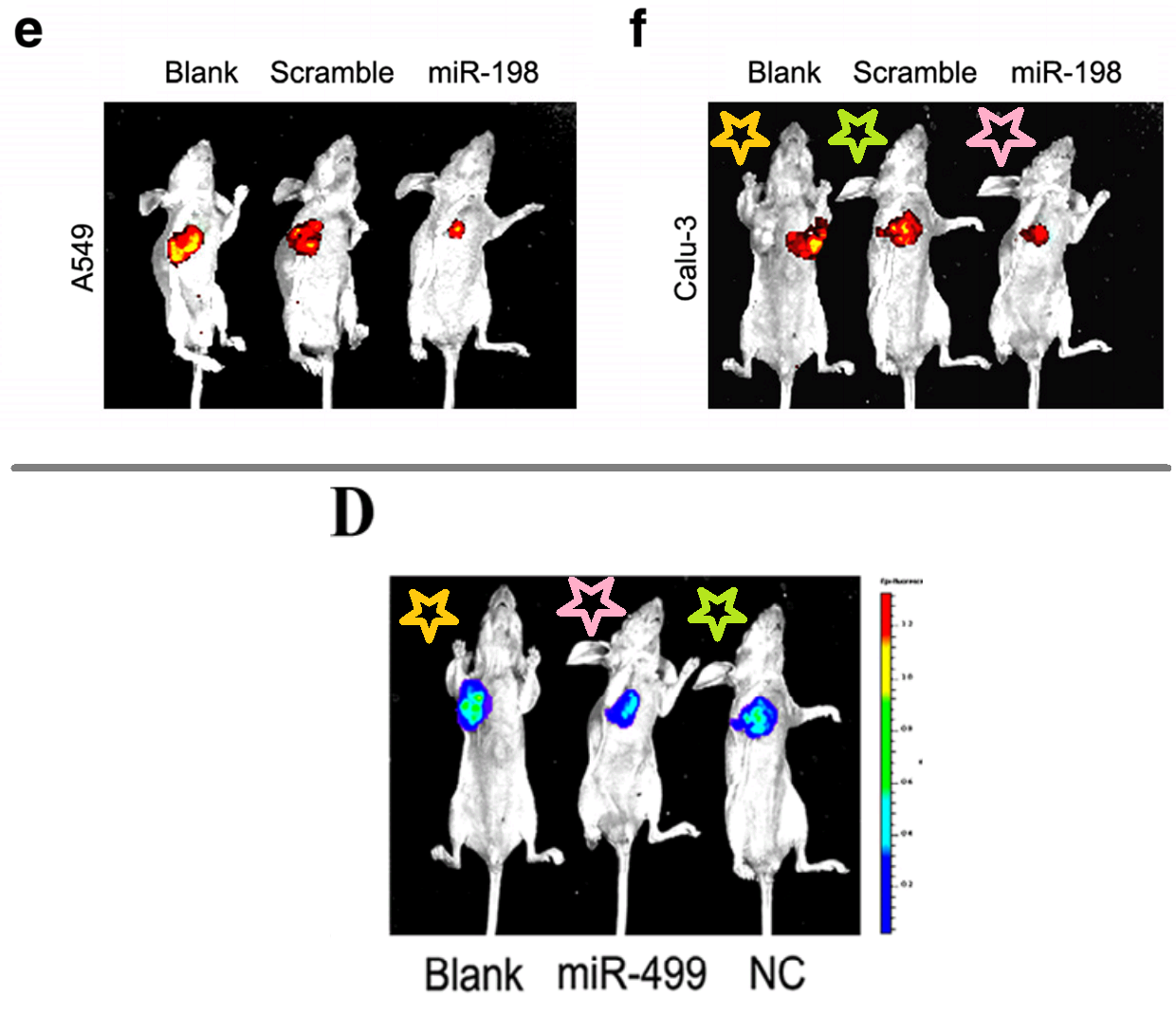
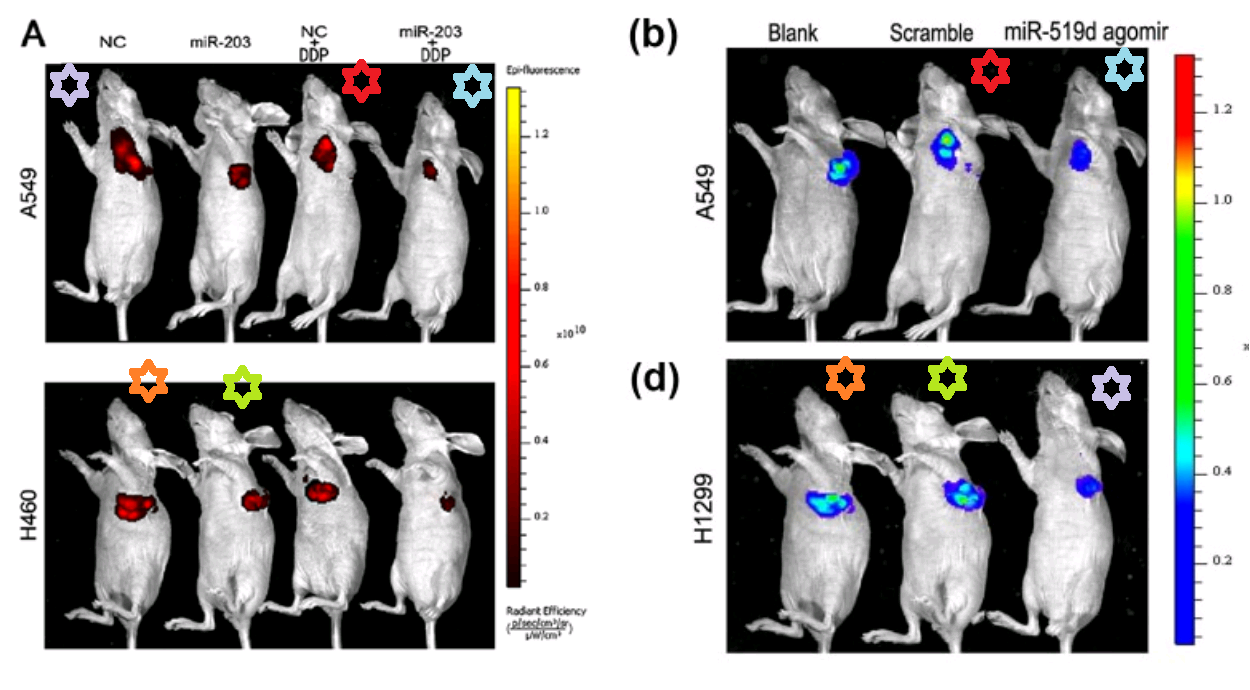

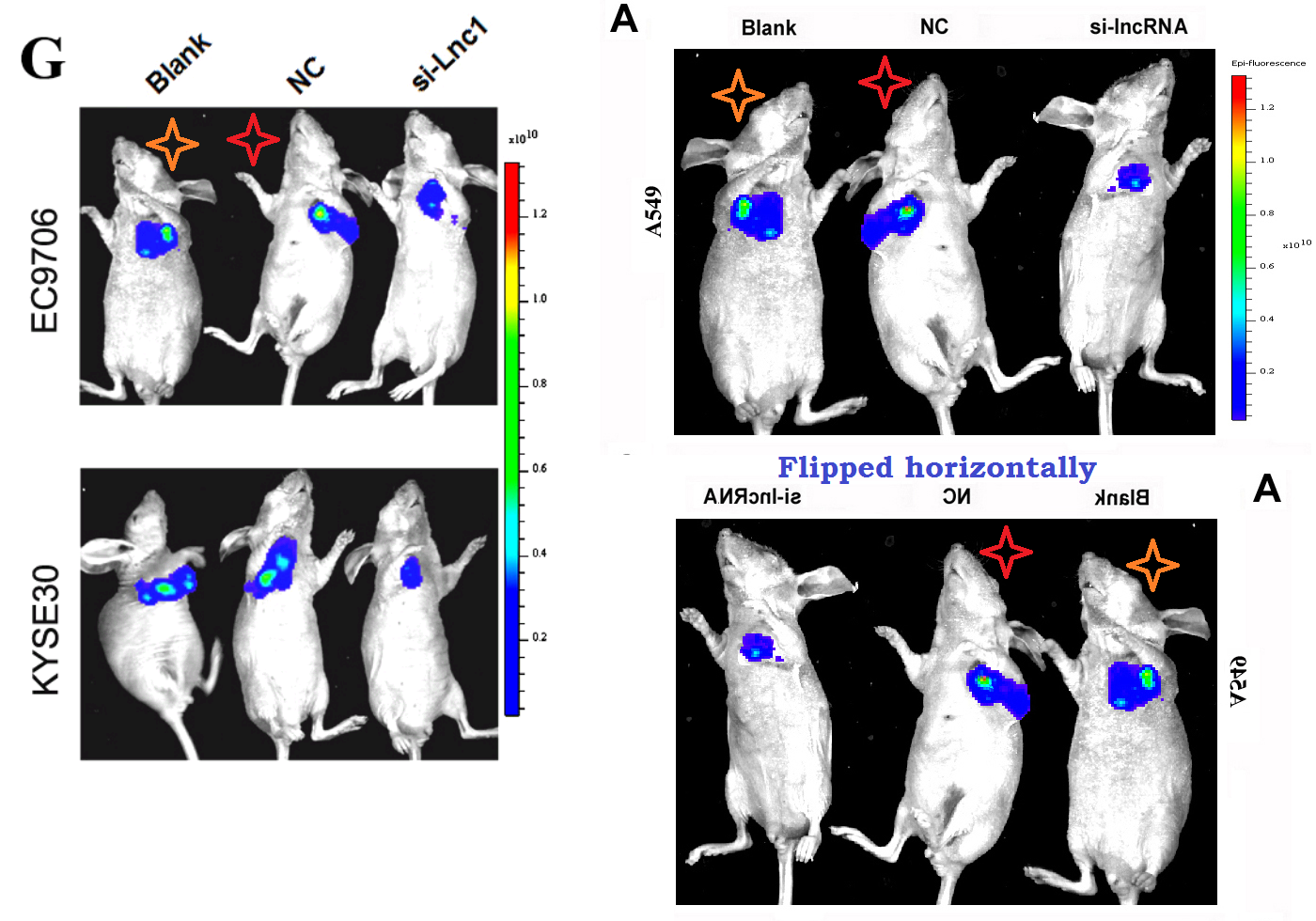
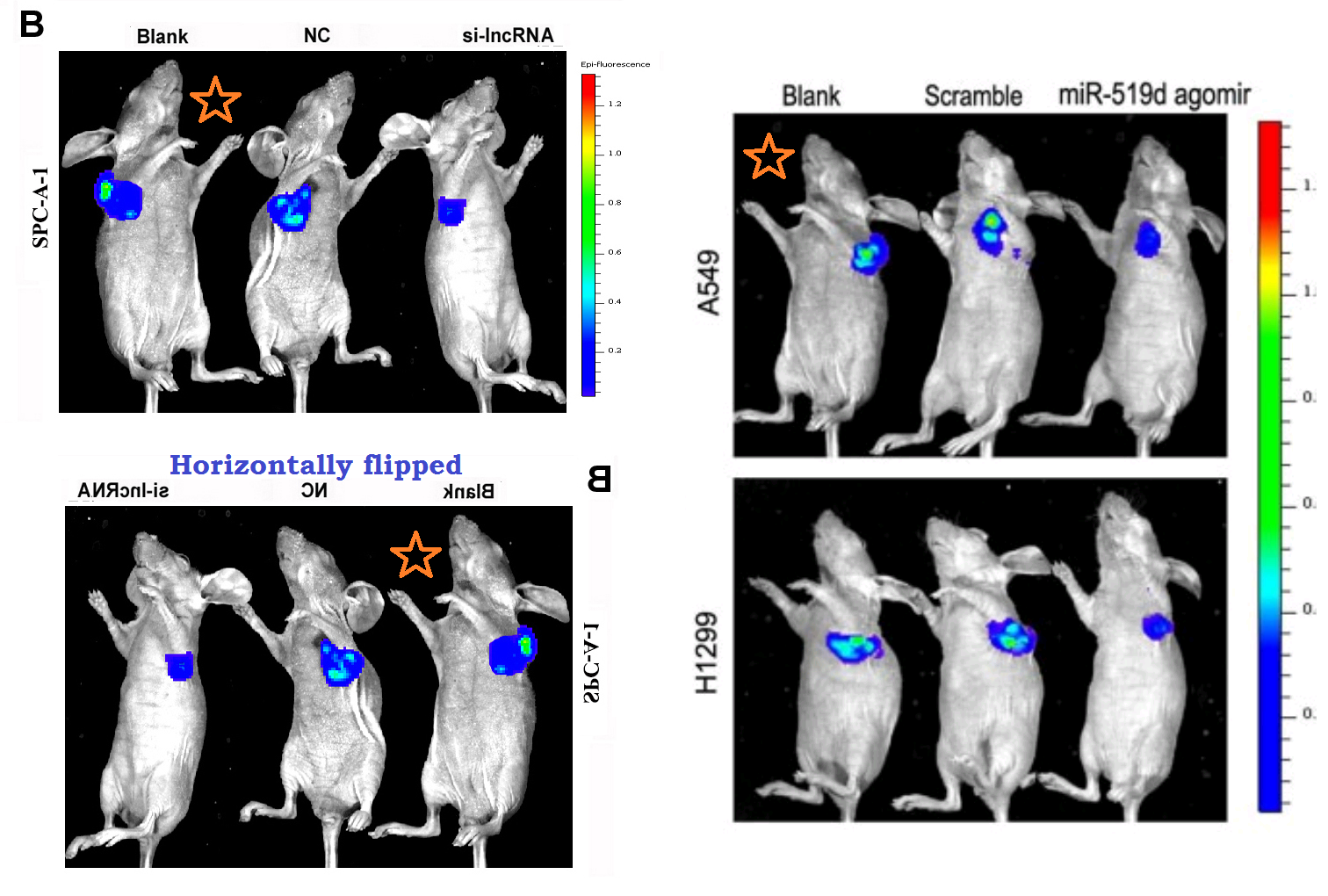
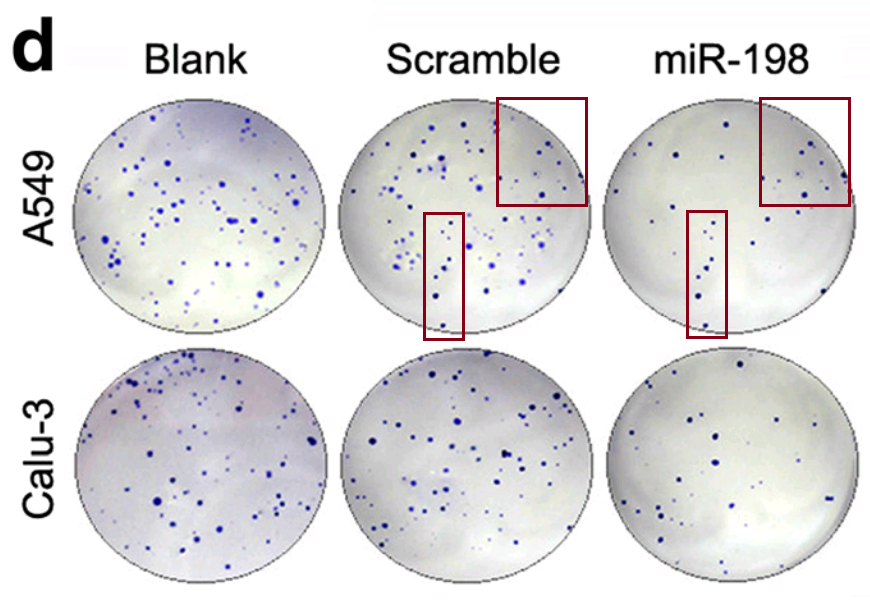

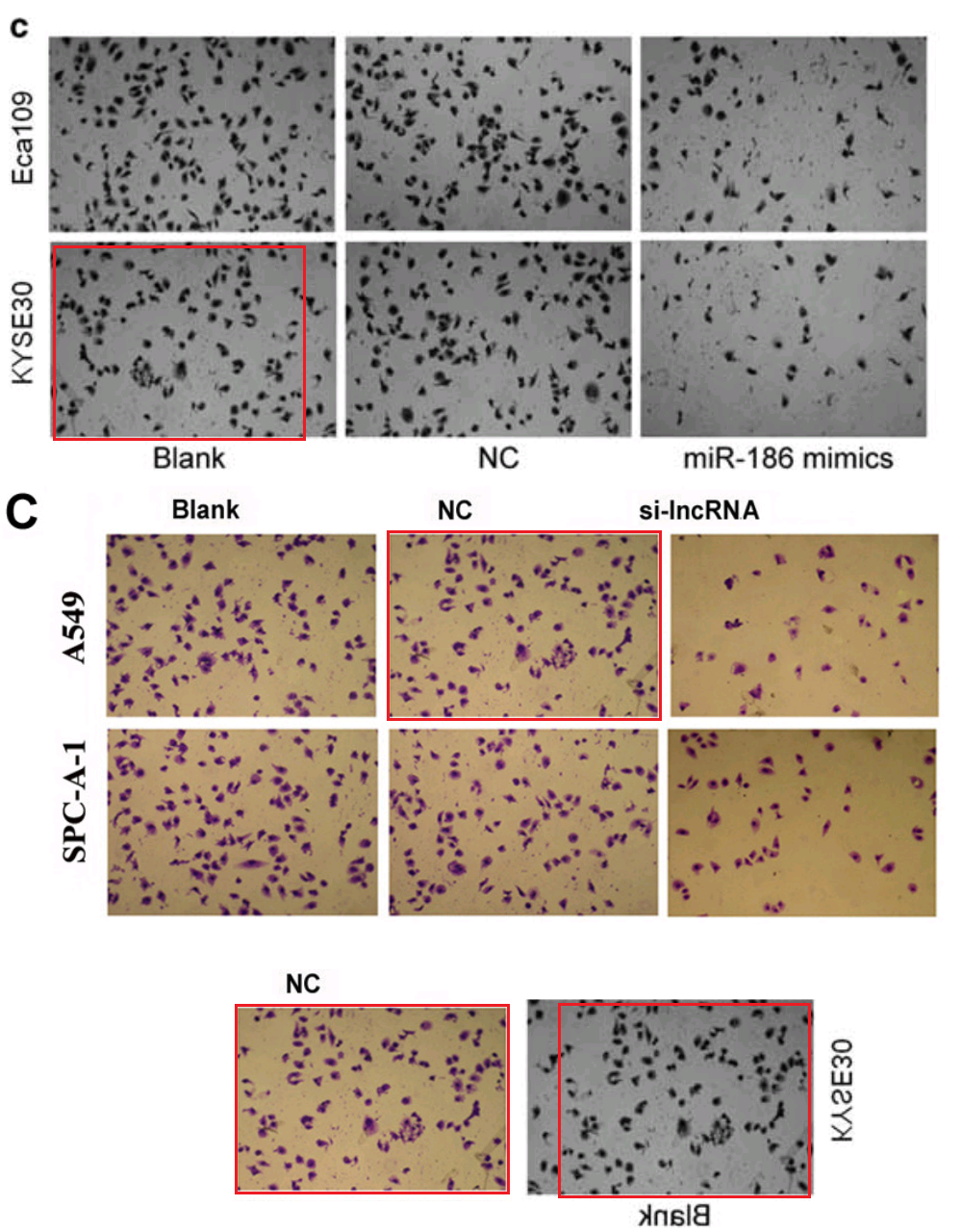
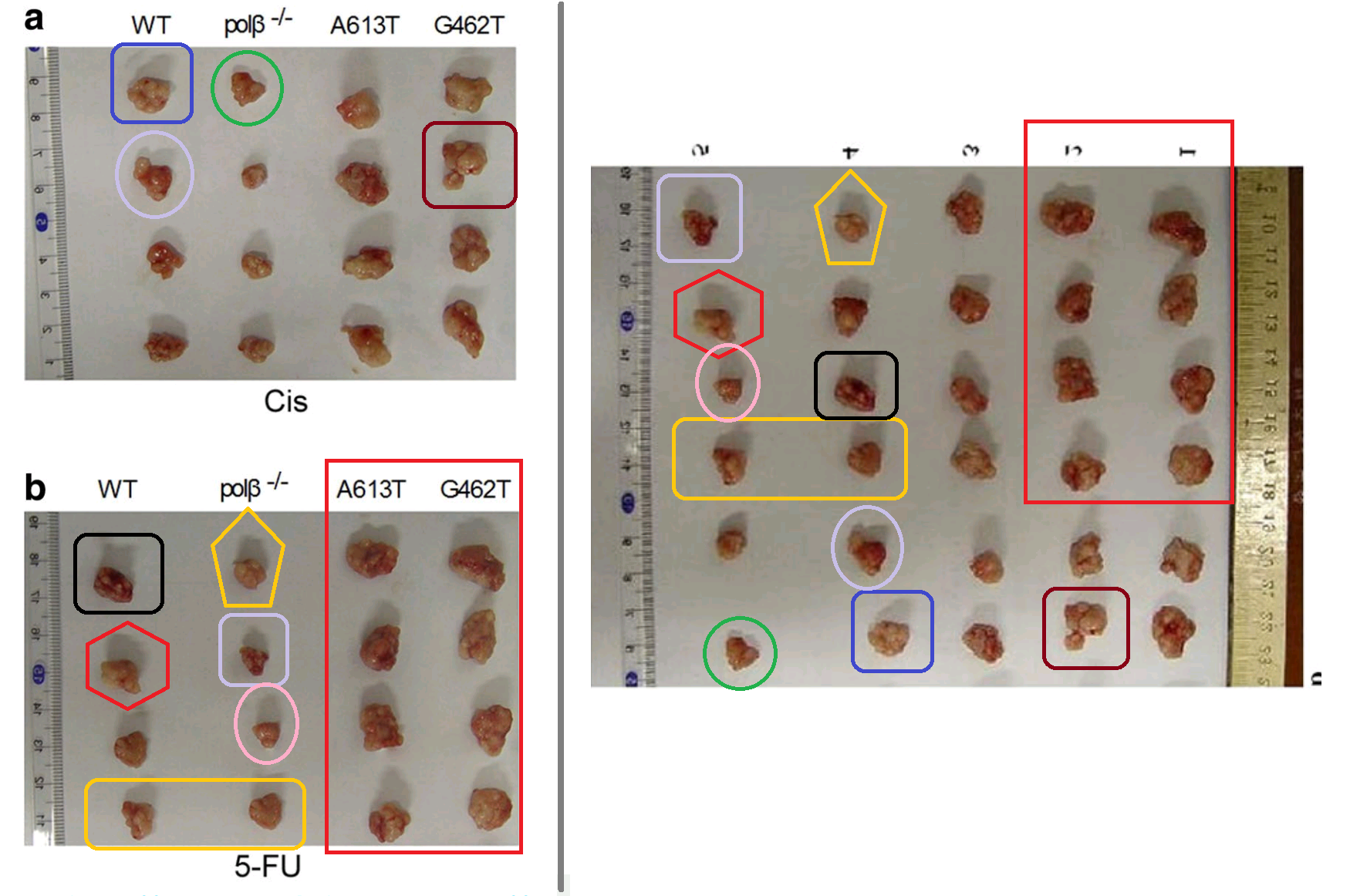

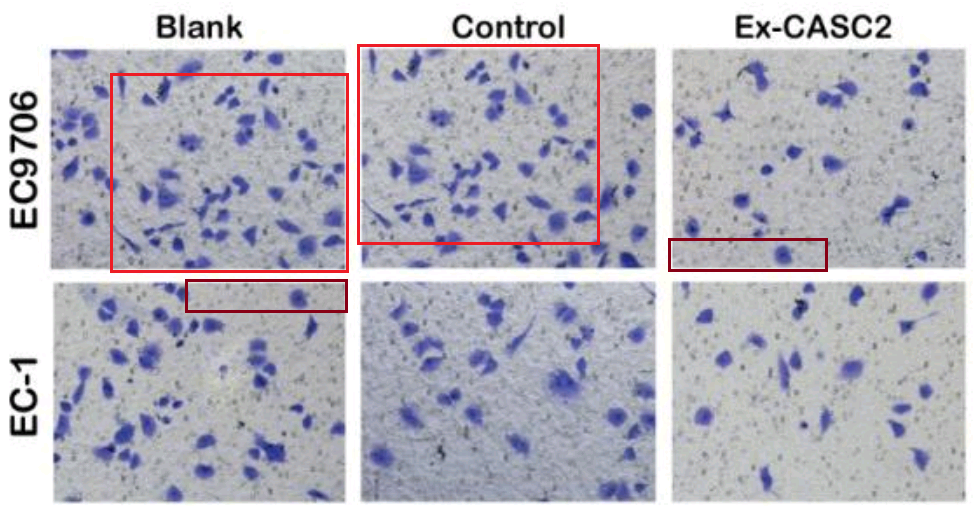
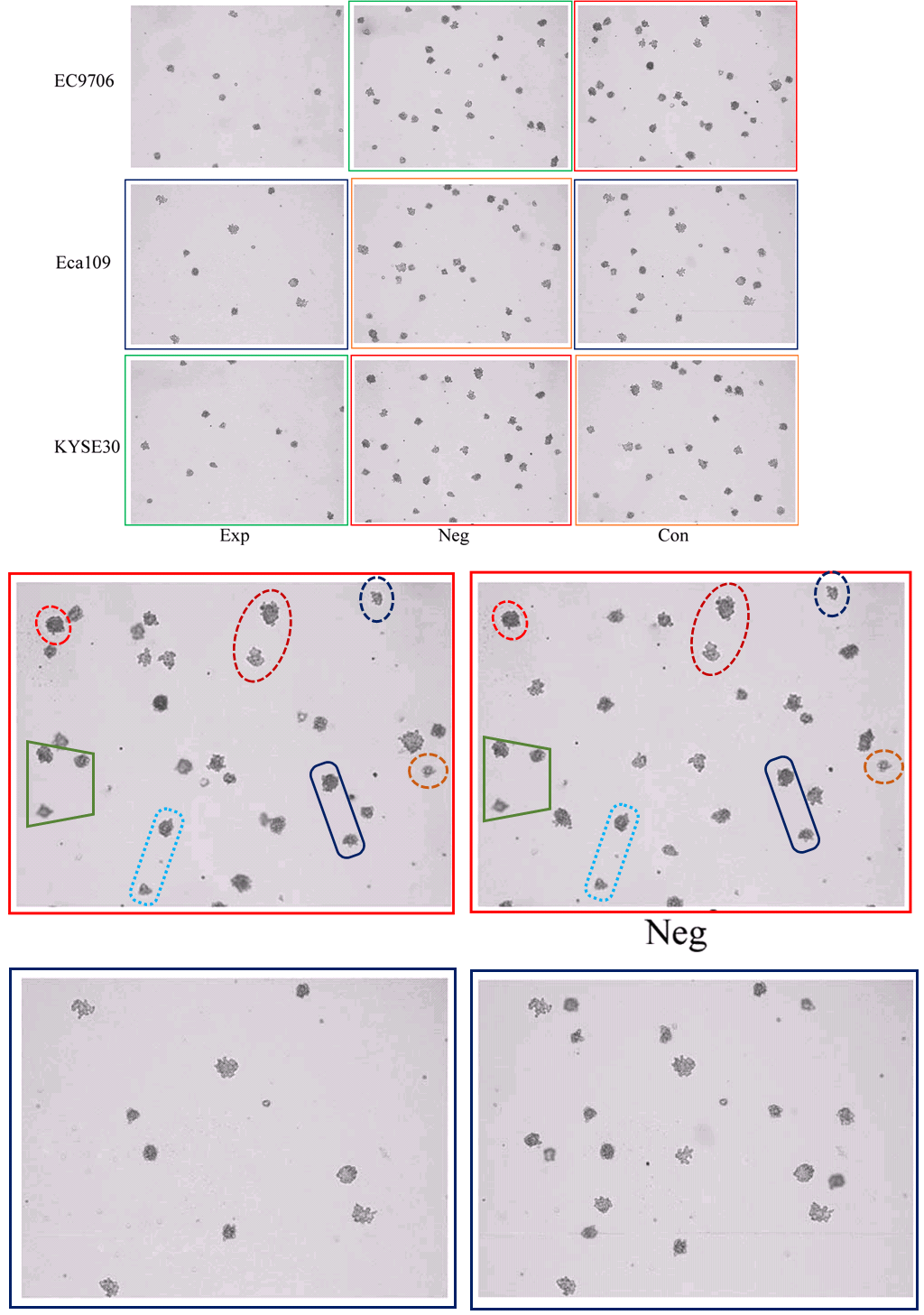

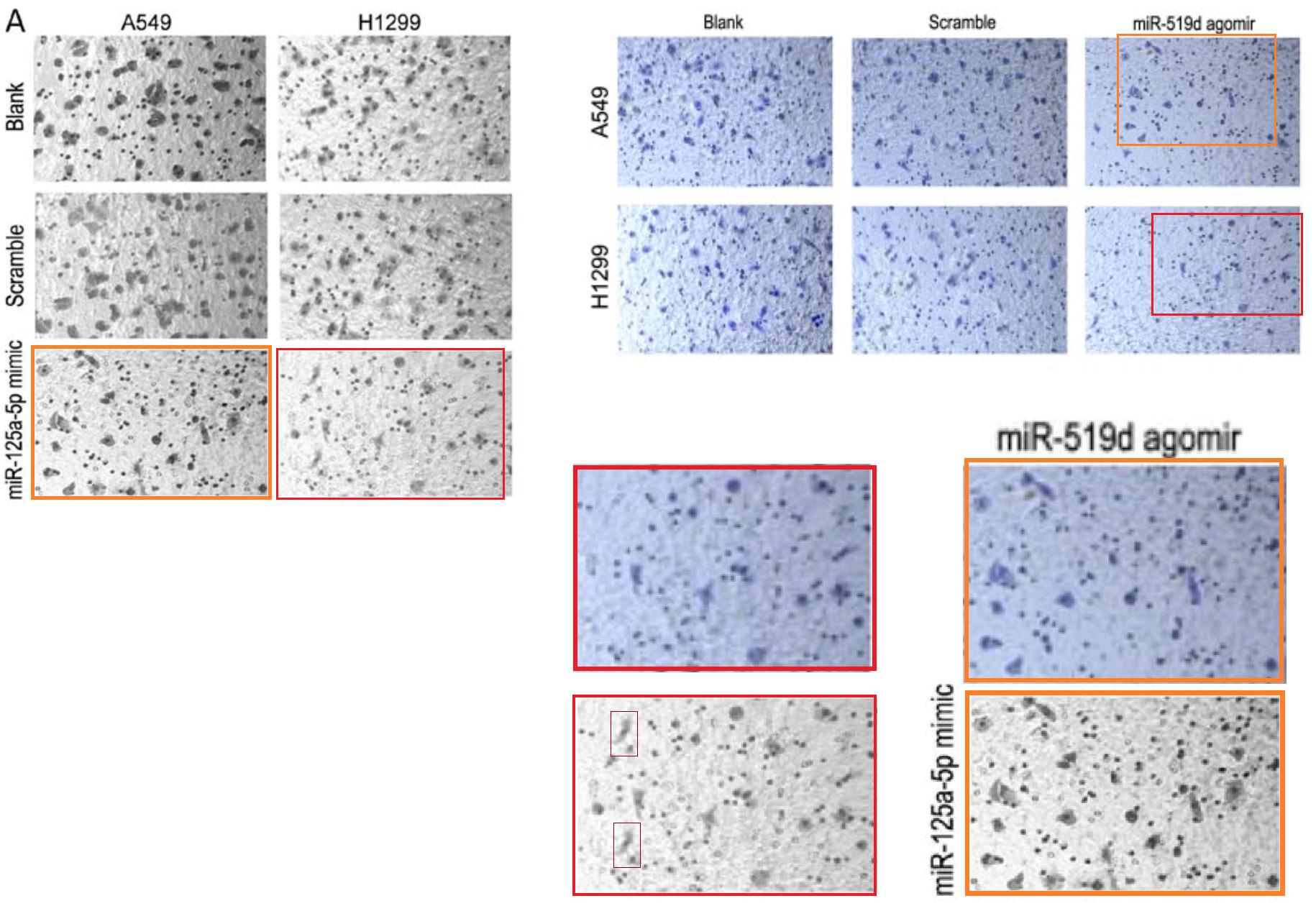
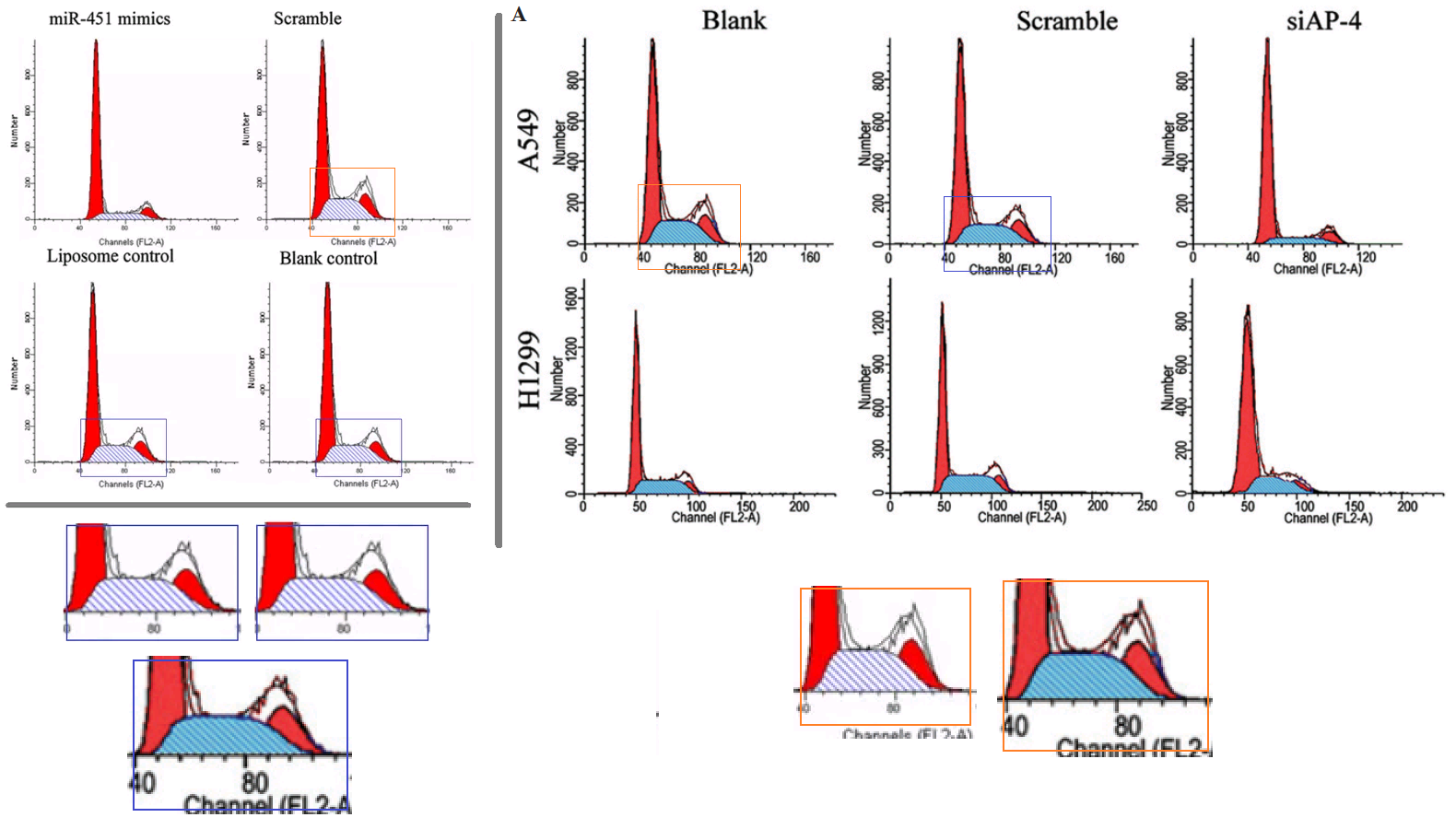
1 comment:
Prof Zhao was basically born a professor, in 1965, into a family that has strong ties to his current academic employer, Zhengzhou University (ZZU) In Henan province in China
This is not how it works... this is not how any of this works.
Post a Comment